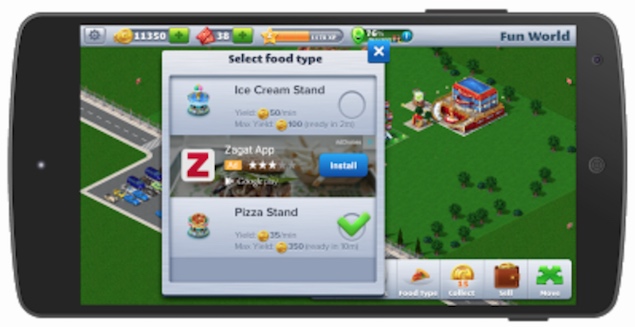Richa Chadha cast in Shakeela biopic

Actress Richa Chadha has been roped in to play the lead role in a biopic on Shakeela, a 1990s' actress from Keralawho acted in several adult films in languages like Tamil, Telugu, Malayalam and Kannada.
The biopic will tell the tale of Shakeela from when she entered the film business at the age of 16 and traces her life journey from there. Shakeela became a popular figure in the film business at a time popularity was only for the men in the industry dominated by them.
"The film is the story of Shakeela, one of the most famous actors from Malayalam cinema from the 1990s who rose to a spectacular amount of fame. Her fans were spread across Asia and she earned fanfare as a woman which back then was unheard of," Richa's spokesperson said in a statement.
"The film's script was exciting and is a great story to tell and the story will make for a great watch for the audience. The preparations will begin soon and the film should be going on floors in end April or May," the spokesperson added. Being directed by Indrajit Lankesh, the film will go on floors in April and will release early next year.
"The film is the story of Shakeela, one of the most famous actors from Malayalam cinema from the 1990s who rose to a spectacular amount of fame. Her fans were spread across Asia and she earned fanfare as a woman which back then was unheard of," Richa's spokesperson said in a statement.
"The film's script was exciting and is a great story to tell and the story will make for a great watch for the audience. The preparations will begin soon and the film should be going on floors in end April or May," the spokesperson added. Being directed by Indrajit Lankesh, the film will go on floors in April and will release early next year.
Richa Chadha: Trolls should be ignored

Trolling has become an issue for many celebrities on social media whenever they express their opinion on any topic, but some Bollywood figures maintain that not paying attention is the best way to deal with trolls and maintain one's sanity.
"I think people who are trolling seek attention, so the best way to deal with it is to ignore it, The moment you are blocking the person (who is trolling) it does not exist. That apart if it is going out of the way, just file a report of abuse. Because they know that the more a topic trolled, it gets mileage and media talk about it. If you ignore, it will stop after a point," said actress Richa Chadha at the trailer launch of her upcoming '3 Storeys' which is set to release on March 9.
"Everyone has a right to express an opinion but without abusing anyone," she added.
"I think people who are trolling seek attention, so the best way to deal with it is to ignore it, The moment you are blocking the person (who is trolling) it does not exist. That apart if it is going out of the way, just file a report of abuse. Because they know that the more a topic trolled, it gets mileage and media talk about it. If you ignore, it will stop after a point," said actress Richa Chadha at the trailer launch of her upcoming '3 Storeys' which is set to release on March 9.
"Everyone has a right to express an opinion but without abusing anyone," she added.
Actor Pulkit Samrat said: "There is a difference between memes and trolls and I think people have forgotten about it. Memes is a humorous take on situation and trolls come with agenda. So we should completely ignore trolls, block those people who made dirty comments and abuse people on social media."
"I think even media should ignore these trolls because that is how those trolls are becoming topic of discussion. Therefore I think we should block them, ignore them and should not pay any kind of attention," said film producer Ritesh Sidwani.
"I think even media should ignore these trolls because that is how those trolls are becoming topic of discussion. Therefore I think we should block them, ignore them and should not pay any kind of attention," said film producer Ritesh Sidwani.



